I’ve got an external hard drive I rarely access. On that drive are files from years ago, some film scans dating back to the days of Photoshop 3, and images taken with a number of my earliest digital cameras. A couple of days ago I was searching for an old photo, and ended up looking at those files. I thought you might like to see some “ancient history,” a couple of images taken in 2004.
The Kodak SLR/n was a “high-megapixel” camera (13.5 megapixels) based on a modified Nikon N80 film camera body. Not a very user friendly camera, it took Nikon lenses and was produced for only 15 months, from February 2004 until the end of May 2005. Focal length metadata was not recorded by the camera, so I can only guess that this was shot with a Nikon 105mm macro. Kodak also offered a version with a Canon lens mount, the SLR/c, although the body was based on a Sigma design.

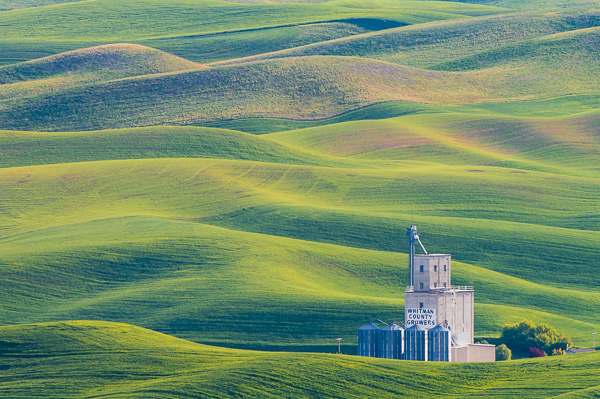
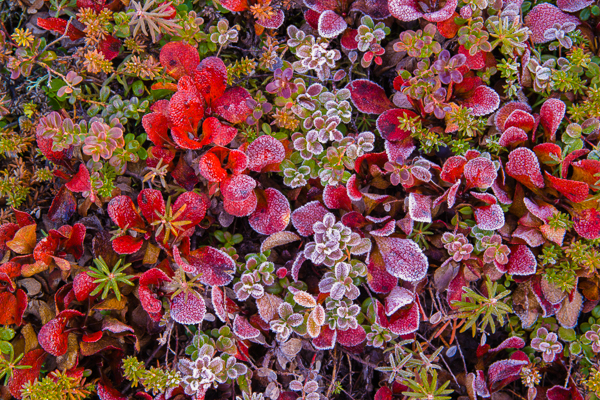
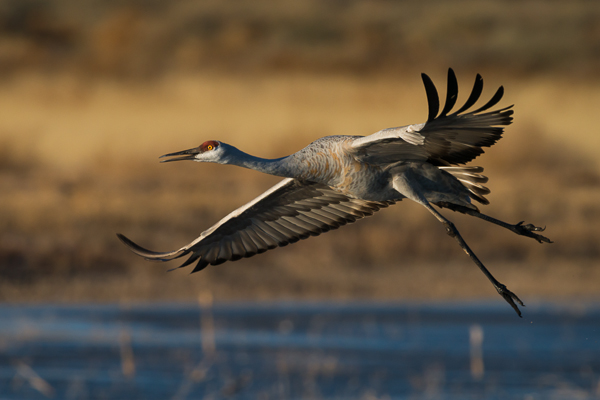
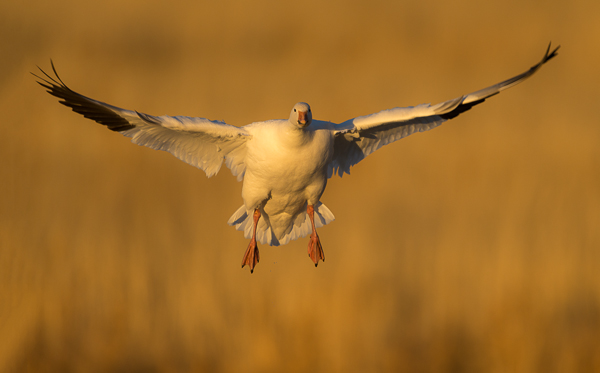
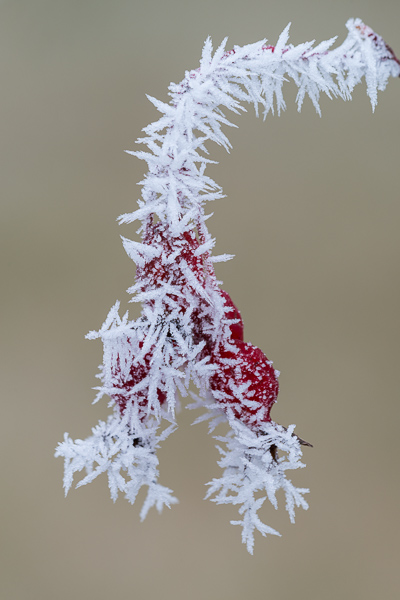
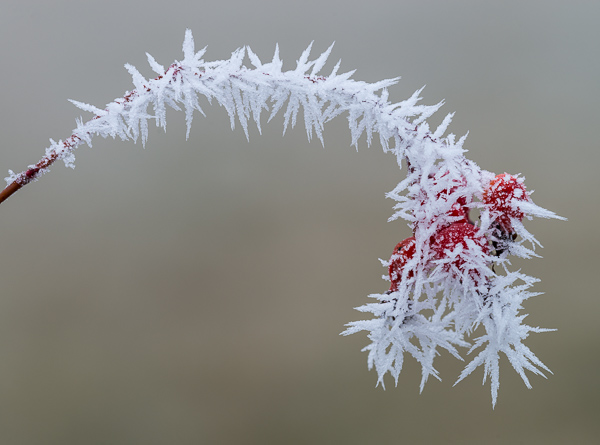
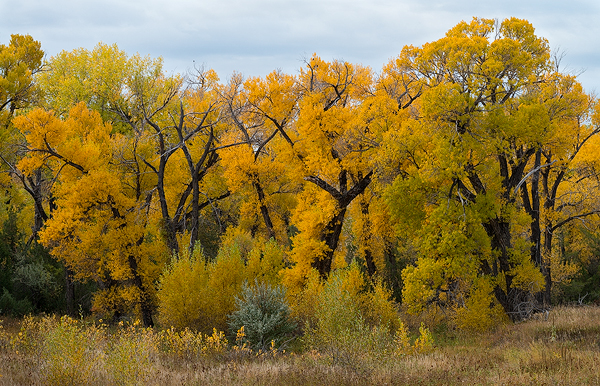
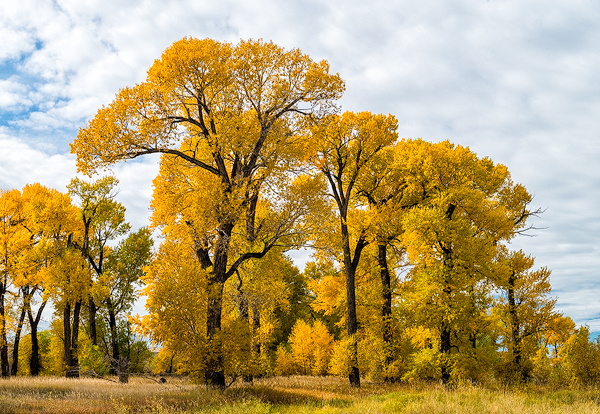
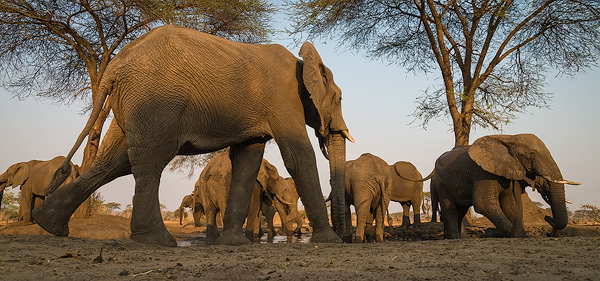
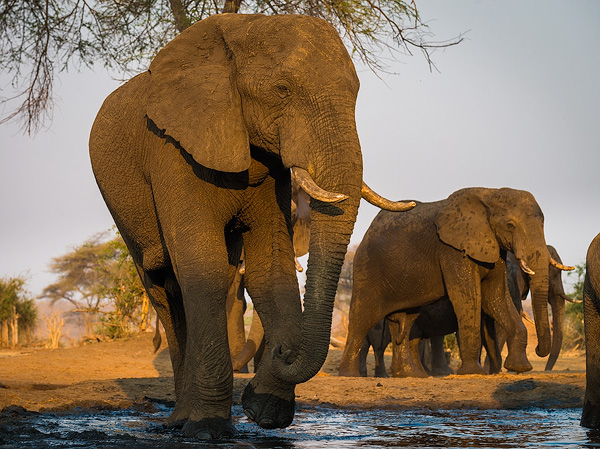
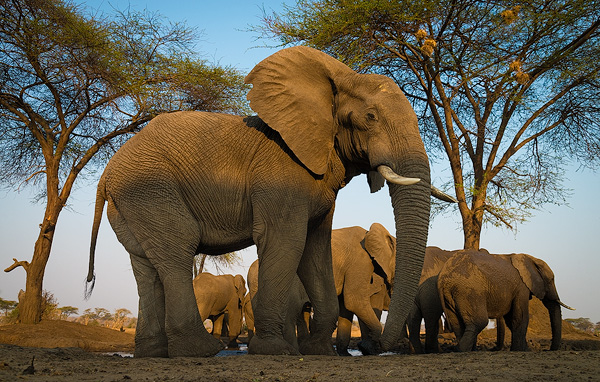
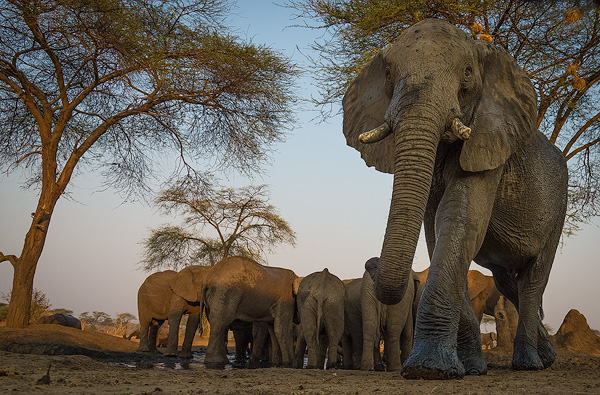
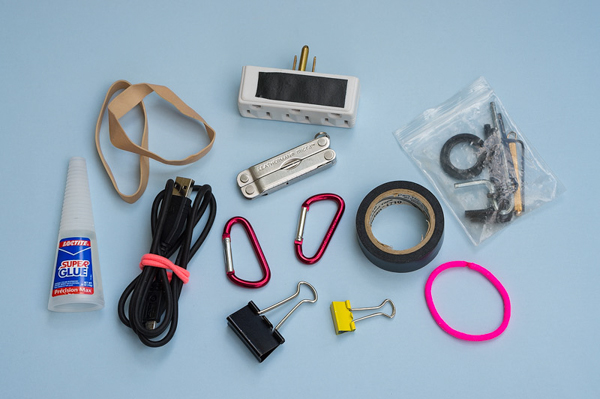
RUN A TEST
I was recently in a photographic situation where high ISO was required. I was shooting with a group, and I was asked as to the highest usable ISO. My answer: it depends on several factors.
I suggested that everyone run one simple test. Mount the camera on a tripod, and shoot the exact same scene, changing the ISO by one stop between frames. Since ISO values work in straight numerical doubles, this means simply doubling the ISO number every time: 400, 800, 1600, 3200, etc. Open the resulting images, and decide for yourself what is acceptable. It doesn’t matter in the least what you actually photograph, as this is only a test. Subject matter is no big deal. You just need to know how far you can push the ISO and still get acceptable results.
Easy, right? The next day we were, as expected, in the same situation where higher ISOs were needed. I asked the group how many of them had run my suggested test, since we had known exactly what we were going to be photographing on the new day. The answer: no one, none, nobody.
Folks, you gotta take some responsibility here. You really need to run some tests, and testing some basic concepts is not difficult to do. Just shoot some comparison frames. Test IS/VR on and off, at both fast and slow shutter speeds. Test for the lowest shutter speed you can handhold and get acceptable results. Test long exposure noise reduction on and off. Test TTL fill flash settings. Don’t believe anything you read on the Web — including what I say — until you’re tested with your equipment, and your reasons for photographing, and your criteria for what is “good.”
An ISO test is so simple. And once you’re shot those frames, you now have them to use in testing noise reduction methods. Lightroom noise reduction only? Noise reduction software (since free trial versions are available)?
Like I said, it doesn’t matter what you photograph. Here’s a 1:1 crop from a shot I took in my garage. Great image, huh? But it would work fine as an ISO test. And speaking of which, just what ISO was used? Hint: the camera was my Nikon D4.
1:1 crop of ISO test photo.